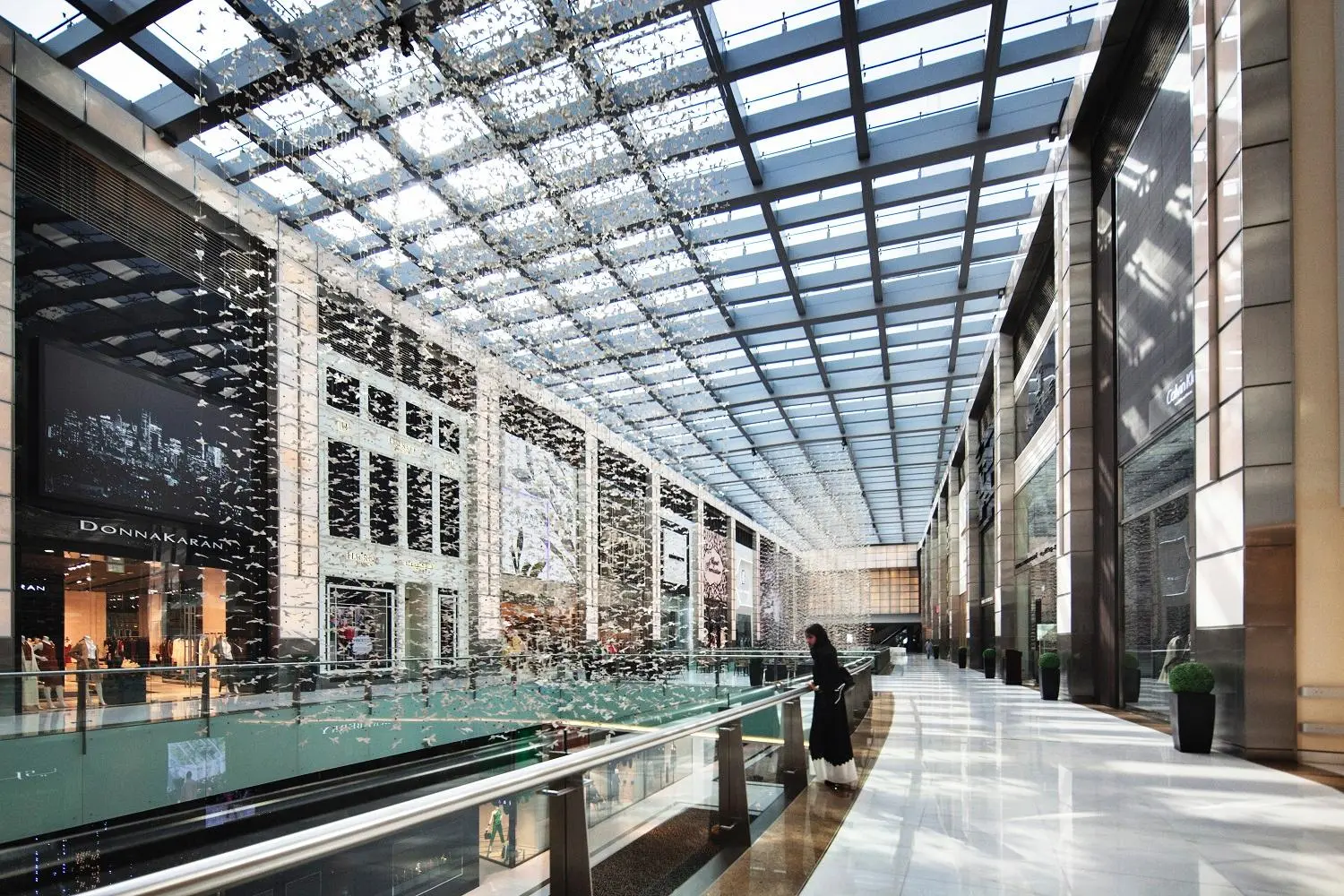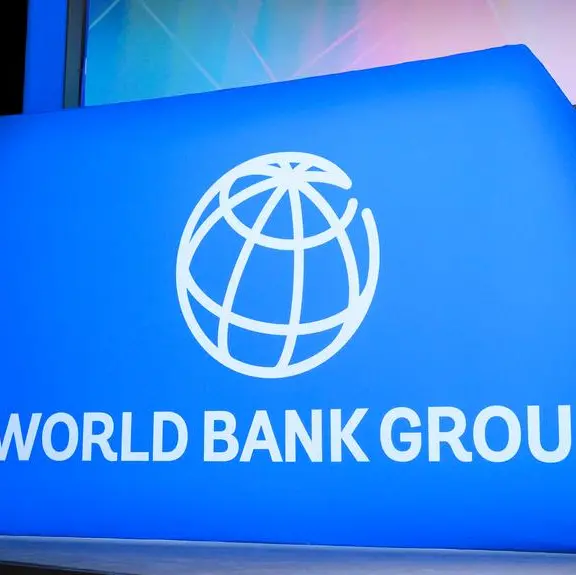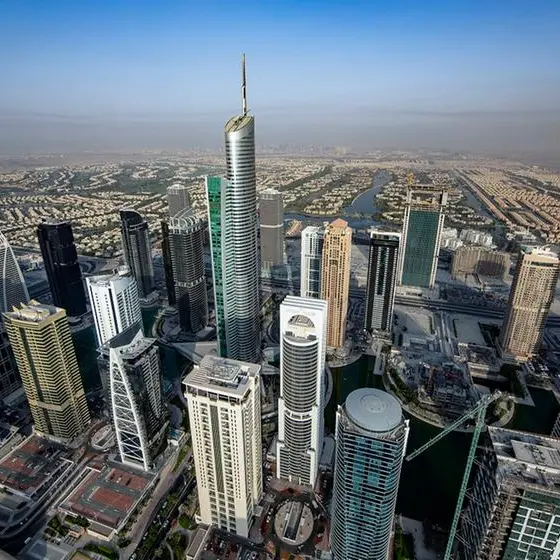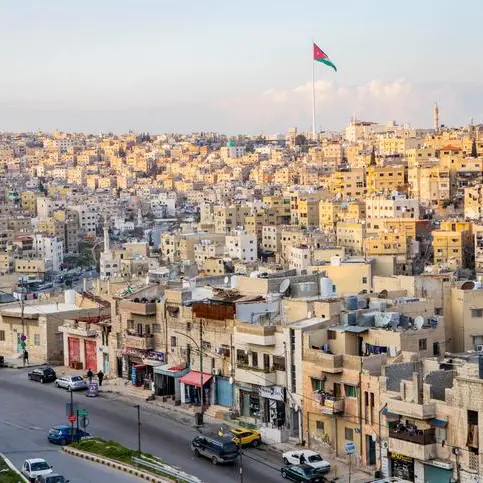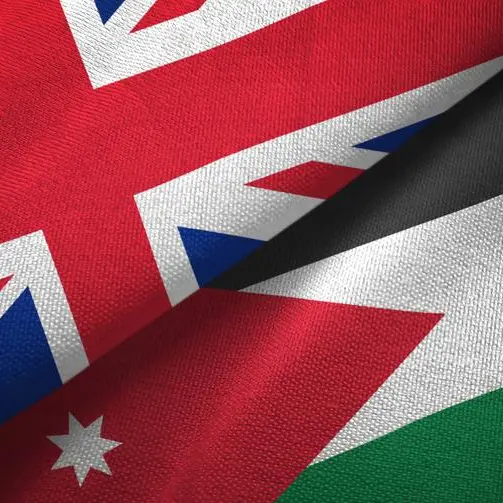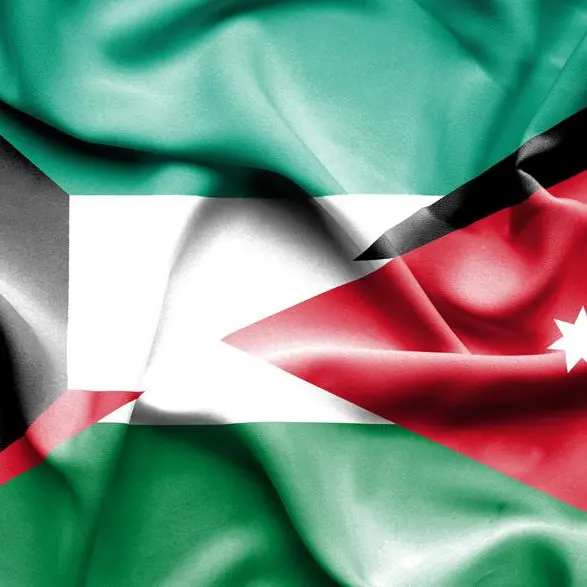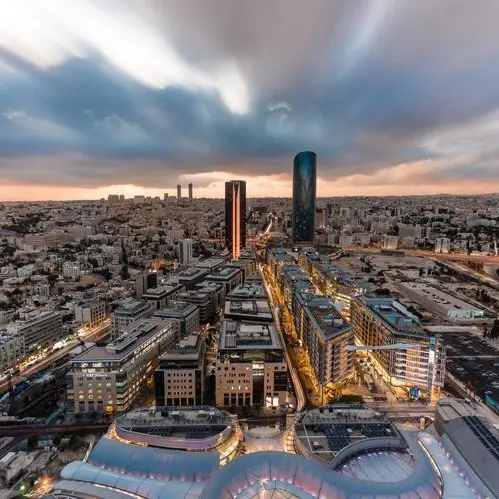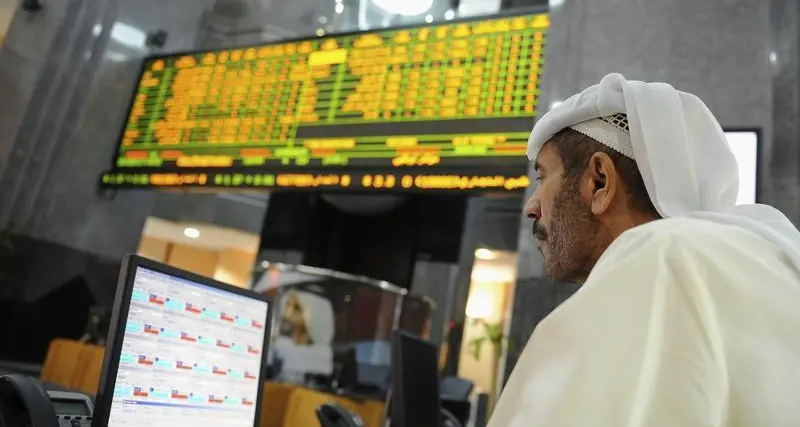PHOTO
Following strong sales in the fourth quarter, there was a slight dip reported in retail sales in the UAE in the first few weeks of January.
Industry analysts identified VAT as a contributing factor to strong performance in the UAE’s consumer goods industry late in the year, as well as the subsequent dip in sales in January. According to the latest Monster Employment Index, jobs in the industry expanded by 37% in the last three months of the year – a record high – and sales were up for both everyday items and luxury goods, such as electronics and jewellery.
While early January indicators have borne out predictions of lower retail spending in the wake of the tax, the downturn was also attributed to consumers adjusting their spending downward following holiday season sales.
In Dubai, however, the implementation of the tax has coincided with the emirate’s annual Shopping Festival, which was expected to bolster sales in January as shoppers rushed to take advantage of heavily discounted goods. Malls across Dubai reported a 10% y-o-y increase in footfall during the first two weeks of the event, which kicked off in late December.
Despite the relatively soft landing of the tax thus far, research carried out by YouGov Omnibus, a UK-based research firm, a month after the tax on goods and services was introduced found that almost half of the UAE residents surveyed (44%) felt their disposable income would be reduced as a result of the levy.
However, even if retail sales feel the short-term impact of a dip in consumer confidence, analysts anticipate shoppers will ultimately take the 5% levy in their stride.
“Towards the end of 2017 some people may have rushed out to try and beat the introduction of the new tax, but I don’t think that beyond that there was a significant impact on our industry,” Ahmed Rahmy, research and analytics manager at Magrabi Optical, told OBG.
With total consumer spending set to rise at a compound annual growth rate of 7.5% across the UAE through to 2021, overall prospects for Dubai’s retail market remain solid, according to the Dubai Chamber of Commerce and Industry.
Rising tourism numbers to encourage growth
Traffic at Dubai’s malls and retail outlets is also set to benefit from increasing numbers of overseas visitors. Almost 16m tourists visited the emirate last year, up 6.2%.
Visitors from the GCC, a key market for the luxury segment, are also beginning to pick up as austerity measures ease in line with the upturn in oil prices. While visitors from Saudi Arabia were down 7% in 2017, some 1.5m tourists from the kingdom still visited Dubai – making it the second-highest source market after India.
The result has put Dubai closer to its goal of securing 20m annual visitors by 2020, when it will host Expo 2020, an event that promises to boost footfall in existing malls and those under construction.
Market to see new floor space and competition from e-commerce
Despite the positive outlook, oversupply in the market and increased competition from e-commerce are expected to impact retail growth in 2018.
According to a November report from the Royal Institute of Chartered Surveyors, demand for retail rental space declined across the UAE in 2017. With an estimated 1.5m sq metres of area to be added between 2018 and 2020 – a 45% increase on the existing 3.4m sq metres – demand will have to rise sharply to soak up new supply.
While this is not expected to affect Dubai’s well-established malls, new and smaller-scale developments will have to compete for footfall and face increased pressure on occupancy rates, according to a report from international property consultancy Knight Frank.
Although this is a concern for developers and property owners, it could provide some relief for retailers facing narrower profit margins as rents soften. Conditions have already led to lower costs in some locations. Last year rental prices in primary and secondary malls fell by 8-9% in the emirate, according to real estate consultancy JLL.
However, even if they benefit from lower rents, retailers will face greater competition from e-commerce.
The market entrance of e-giant Amazon, via its acquisition of Souq.com, and the launch of Mohamed Alabbar’s $1bn e-commerce platform Noon.com are expected to spur growth in e-commerce this year, which could eat into traditional retailers’ margins.
Although online sales represent a fraction of overall retail turnover, its rate of growth is expected to outpace that of brick-and-mortar outlets, with e-commerce trade in the GCC region projected to increase by 35% to $9bn by the end of the decade, according to management consultancy AT Kearney.
© Oxford Business Group 2018